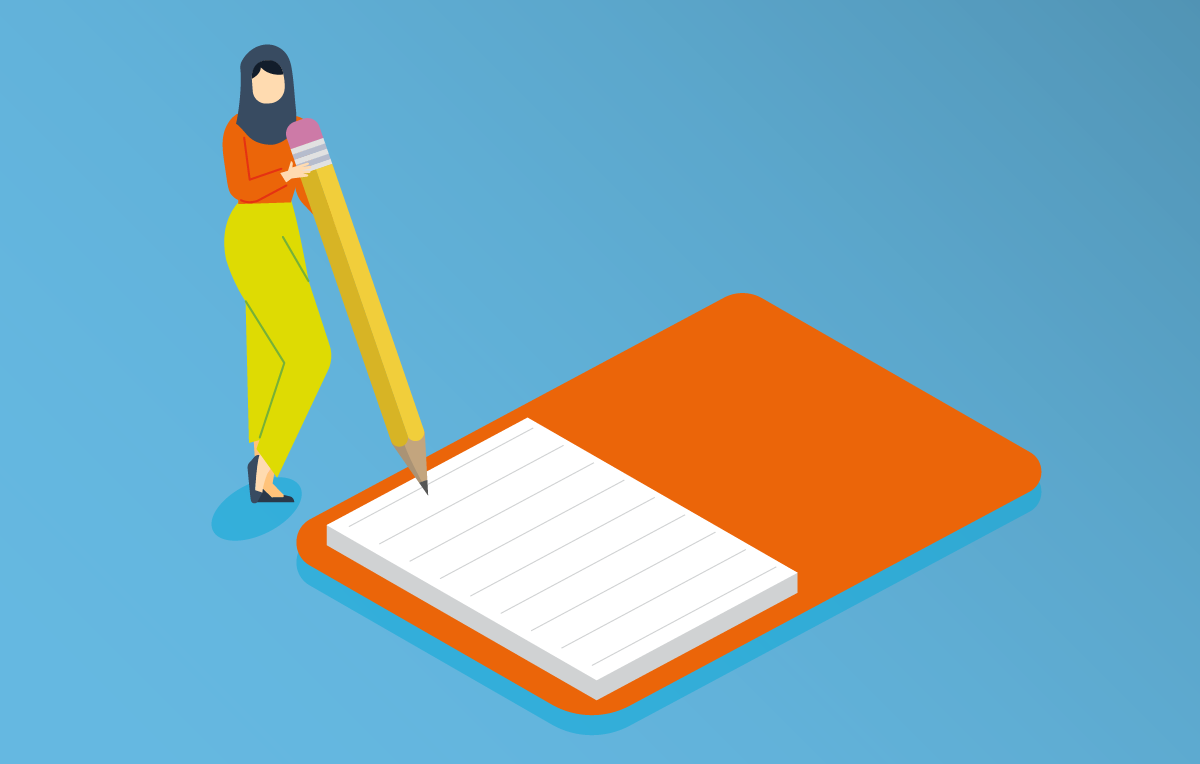Getting from the point of ideation to the creation of an effectively communicated piece of collateral can be a tricky process. When you’re trying to work out what you want, how you want to do it and figuring out what’s actually feasible to do, it can get a bit cloudy. This is why creating a strong brief is so important.
Your project has less chance of deviating from the intended purpose if the wants are clear from the beginning.
So how do you go about writing a creative brief?
Firstly, communication is key. To simplify your ideas, break it down into sections and have a checklist of sorts. It could include:
- What is the project?
- Why are you wanting it created?
- What are the communication objectives?
- What would you like the project to achieve?
Clearly articulating your goals and objectives for the project helps the designer understand the purpose of the design, whether it’s to promote a product, enhance brand identity, or convey a specific message.
Who is the target audience?
Consider who you are wanting to talk to, and why your project could be important to them.
What deliverables and formats are required?
Clearly specify the deliverables required. Do you need a logo, a website design, or social media graphics? Also, mention the required file formats and sizes to ensure compatibility and ease of use.
Is this project similar to anything you or Twelve have created before?
Or, can you share examples of designs or styles that you find appealing, this can provide a starting point for our design team. It helps us understand your aesthetic preferences and the visual direction you have in mind.
How does it align with your brand guidelines?
While it’s good to keep things fresh and have new ideas, it’s important to ensure that the project aligns to your brand guidelines as much as possible. This helps to build visual equity and familiarity of your product or service with your audience.
How accessible is it?
Does the project’s intended audience include the visually impaired? If so, things to consider here include:
-
- Colour contrast
- Font size and style
What’s your budget?
Mentioning your budget constraints is useful too. It allows the designer to plan their work accordingly and propose realistic solutions that fit within your resources.
Communication and Feedback
Clearly define the communication channels and frequency for updates, revisions, and feedback. Establishing a smooth feedback loop ensures effective collaboration and helps the designer make adjustments as needed.
And finally,
What is the timeline for the project?
ie, when do you need it by? Timelines are created for both design and client teams to know when to expect actions to be made and met. Keeping to agreed timelines can minimise the amount of crunch work and allow for a clearer process.
Once you have created a basic briefing document with these points, the process of starting a new project will become significantly smoother. Creating a clear, concise list of your needs will ensure that nothing is lost once briefed into a design team.
If you need any help with writing design briefs for corporate communications, contact us at hello@twelve.com.au


